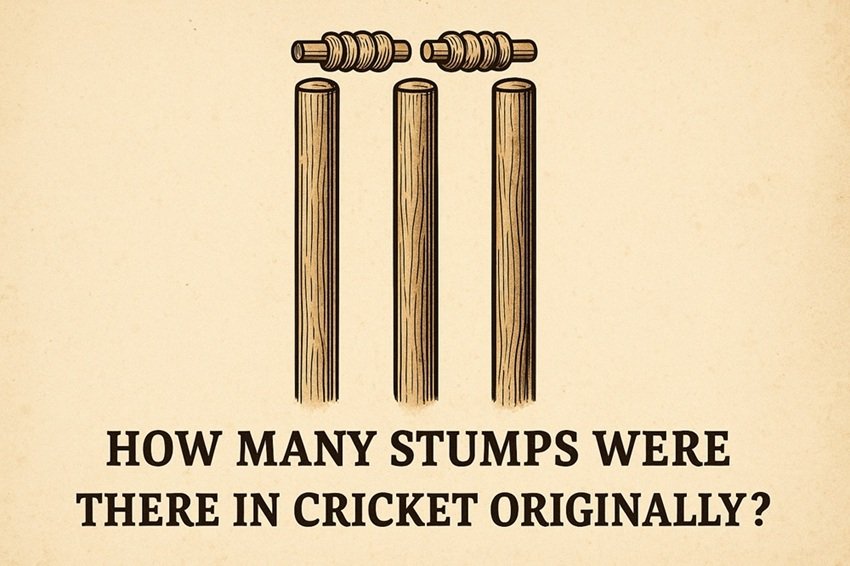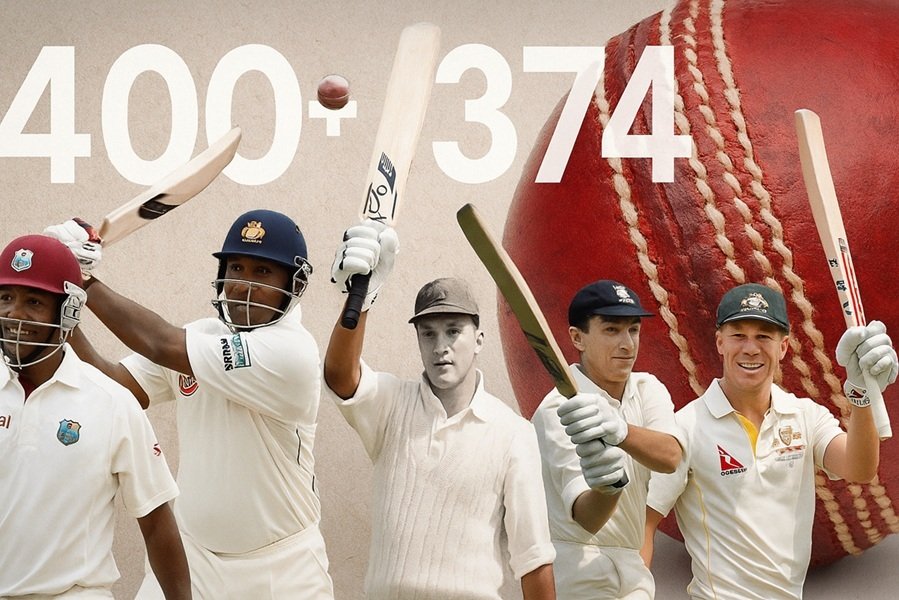
Cricket, a game steeped in tradition and history, has undergone numerous changes since its inception. One of the most fundamental aspects of the game is the wicket — specifically, the stumps. While today’s cricket fans are familiar with the three-stump configuration, many are unaware that this wasn’t always the standard. In fact, the original game of cricket featured only two stumps. Let’s dive into the historical journey of stumps in cricket, how they evolved, and why this change became essential to the modern game.
Origins of Cricket and the Early Wicket
Cricket traces its roots back to the 16th century in England, where it started as a children’s game and later gained popularity among adults, especially in the southeastern counties. During its early days, the equipment was rudimentary and improvised — including the bat, ball, and wicket.
Two-Stump Wicket: The Original Design
In the earliest forms of cricket, the wicket consisted of just two stumps with a single bail balanced on top. These two vertical wooden stumps were placed into the ground with a gap in between. The primary purpose of the wicket was to give the bowler a target and determine when a batsman was “bowled” out — that is, when the ball hit the stumps and dislodged the bail.
This configuration was widely used during the 17th and early 18th centuries. It worked fairly well but was not without issues.
The Problem with Two Stumps
While the two-stump system seemed effective initially, it had a significant flaw: the gap between the stumps was wide enough for the ball to pass through without hitting either stump or dislodging the bail. This created ambiguity and frustration for bowlers who delivered what should have been a perfect ball, only to see it slip through harmlessly.
The problem became more apparent as cricket matured, and bowlers developed better speed and accuracy. As competition intensified, there was growing dissatisfaction with this inconsistency in the game.
The Landmark Incident: Genesis of the Third Stump
The turning point came in 1775, during a match at the Artillery Ground in London between Hampshire and England. The legendary bowler Edward “Lumpy” Stevens delivered several deliveries that went through the two stumps without dislodging the bail. Although the balls were accurate and should have bowled the batsman out, they simply passed through the gap.
This incident, famously frustrating for Stevens and many spectators, highlighted the limitations of the two-stump system. It sparked discussions among players and officials about how to prevent such occurrences.
Introduction of the Third Stump (1775)
Later that year, the cricket authorities took action. In response to the flaw exposed by Stevens’ deliveries, they introduced a third stump, placed between the two original ones. This significantly reduced the gap and made it far more difficult for the ball to slip through without hitting a stump or dislodging a bail.
The new three-stump wicket quickly gained acceptance and became the standard in formal cricket matches.
Evolution of Wicket Dimensions
After the introduction of the third stump, further refinements were made to the dimensions and structure of the stumps:
| Year | Change |
|---|---|
| 1775 | Third stump introduced |
| 1780 | The height of the stumps was standardized to 22 inches, with a six-inch bail |
| 1835 | The height was increased to 27 inches, and the width between the outer stumps was fixed at 8 inches |
| Current Standard (Post-1931) | Each stump is 28 inches high, and the width of the complete wicket (three stumps and two bails) is 9 inches |
Modern Use of Stumps in Cricket
Today, the three-stump wicket is universally used across all formats of cricket — Test, One Day Internationals (ODIs), and T20s. Each wicket comprises:
- Three wooden stumps
- Two wooden bails
The stumps are made from durable wood, usually ash or willow, and are designed to withstand the impact of a high-speed cricket ball.
In modern cricket, stumps are more than just static targets. With the advent of technology, we now have:
- LED stumps and zing bails that light up when dislodged
- Stump microphones used for audio analysis (like hearing snicks for DRS)
- Smart stumps that help with run-out decisions and other analytics
Symbolic and Functional Role of Stumps
Stumps have become a symbolic element of cricket. They’re used in phrases like:
- “He cleaned up the stumps” (a bowler dismissing a batsman cleanly)
- “Stumps” (the end of a day’s play in Test cricket)
They’re also central to key modes of dismissal, including:
- Bowled
- Run out
- Stumped
- Hit wicket
Summary: How Many Stumps Were There Originally?
- Originally: Only 2 stumps were used.
- Problem: The ball could pass between the stumps without dismissing the batsman.
- Solution: In 1775, a third stump was added following an incident involving Edward Stevens.
- Today: The standard configuration is 3 stumps and 2 bails.
Conclusion
The evolution from two stumps to three was a pivotal moment in cricket history. It solved a major flaw in the game’s structure and added to the fairness and excitement of dismissals. What began as a rustic pastime in English meadows has become a global sport rich with history, and even the simplest elements — like stumps — have their own fascinating stories to tell.
Understanding how many stumps were there originally reminds us how the game has continually evolved, adapting to challenges and becoming more refined with each era.







